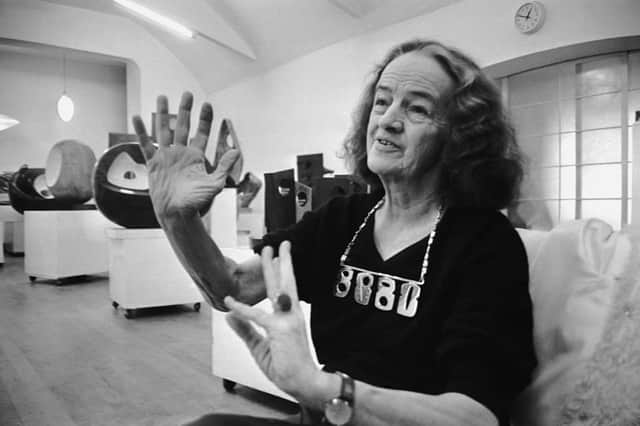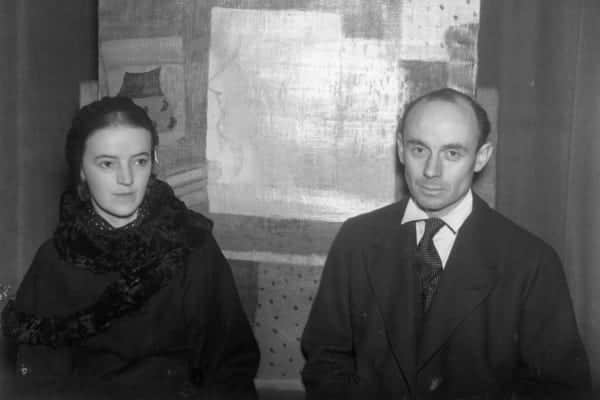Today's Google Doodle celebrates artist and sculptor Barbara Hepworth - here's why


Today's (25 August) Google Doodle has an especially artistic flavour, as it celebrates the life and work of artist and sculptor, Barbara Hepworth.
The Doodle is timed to coincide with the anniversary of Hepworth's move to St. Ives, Cornwall, where she would establish a studio and carve out the majority of her career.
Advertisement
Hide AdAdvertisement
Hide AdHepworth was one of the few female artists of her generation to achieve international prominence, and her work still epitomises the art movement of Modernism.
Here's everything you need to know about the celebrated artist:
Who was Barbara Hepworth?
Barbara Hepworth was born on 10 January 1903 in Wakefield, West Yorkshire, and it was quickly apparent a creative spark resided with her.
She was awarded prizes in music from Wakefield Girls' High School from the tender age of 12, and soon secured a scholarship to study at Leeds' School of Art just a few years later.
Advertisement
Hide AdAdvertisement
Hide AdThere, she met fellow Yorkshireman and sculptor Henry Moore.
The pair would foster a friendly professional rivalry that lasted throughout both of their careers; Hepworth was the first to sculpt the characteristic pierced figures of hers and Moore's work.
Who was she married to?
In 1931, Hepworth met her second husband - painter Ben Nicholson - while holidaying at Happisburgh on the Norfolk coast.
The pair co-founded the Unit One art movement - which sought to unite Surrealism and abstraction in British art - and married in 1938, four years after welcoming triplets Rachel, Sarah and Simon to the world.
Advertisement
Hide AdAdvertisement
Hide AdHepworth found ways to take care of her children and continue producing art.
She said of motherhood: "A woman artist is not deprived by cooking and having children... one is in fact nourished by this rich life, provided one always does some work each day; even a single half hour, so that the images grow in one's mind."
When did she move to St. Ives?


Following the outbreak of the Second World War in 1939, Hepworth and her family children went to live in Cornwall.
Hepworth established her studio space at Trewyn Studios in St. Ives, a location she described as "sort of magic... a studio, a yard, and garden where I could work in open air and space."
Advertisement
Hide AdAdvertisement
Hide AdSt. Ives became a refuge for many artists during the war, and Hepworth was a leading figure in the colony of creatives who resided there, co-founding the Penwith Society of Arts with her husband.
Following the conflict, Hepworth's stock and fame began to rise internationally.
She was uncomfortable with the attention, particularly the personal promotion of her work.
"Have seen all the press," she wrote following her first visit to New York. "Pulled faces at the camera and generally done my best!"
Advertisement
Hide AdAdvertisement
Hide Ad